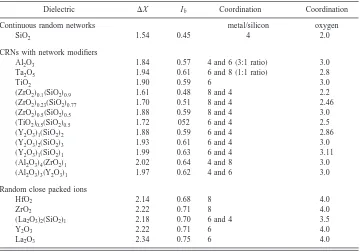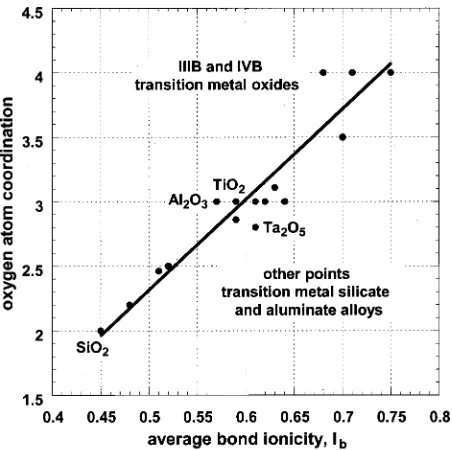Transition from thermally grown gate dielectrics to deposited gate dielectrics for advanced silicon devices: A classification scheme based on bond ionicity
Full text
Figure


Related documents
On the contrary, for sport activities, we …nd that students are mostly in‡uenced by the aggregate activity of their friends (local-aggregate model) while, for education, we show
The first example demonstrates the e ff ective- ness of the distributed fusion receding horizon filter for di ff erent values of horizon lengths, and the second provides a comparison
(d) Cable operators shall provide such equipment at the request of individual subscribers and may charge for purchase or lease of the equipment and its installation in
Students, who are familiar with programming in high-level languages, are required to understand the interaction between a processor, a memory and I/O devices, an internal
In a tank shell plate replacement is on going prior to welding the new vertical joints, the existing horizontal welds shall be cut for a minimum distance of __________ beyond the
I argue that there are seven main themes that stand out in the literature on Brazil-Africa relations during the Lula administration: Brazil‟s foreign policy towards Africa amidst
It is not permitted to distribute 5 the electronic copy of the article through online internet and/or intranet file sharing systems, electronic mailing or any other means which
many systems temperature setpoints can be adjusted by as little as 0.1ºF. Although some modern lighting ballasts can adjust individual lamps in less than 1% increments, most